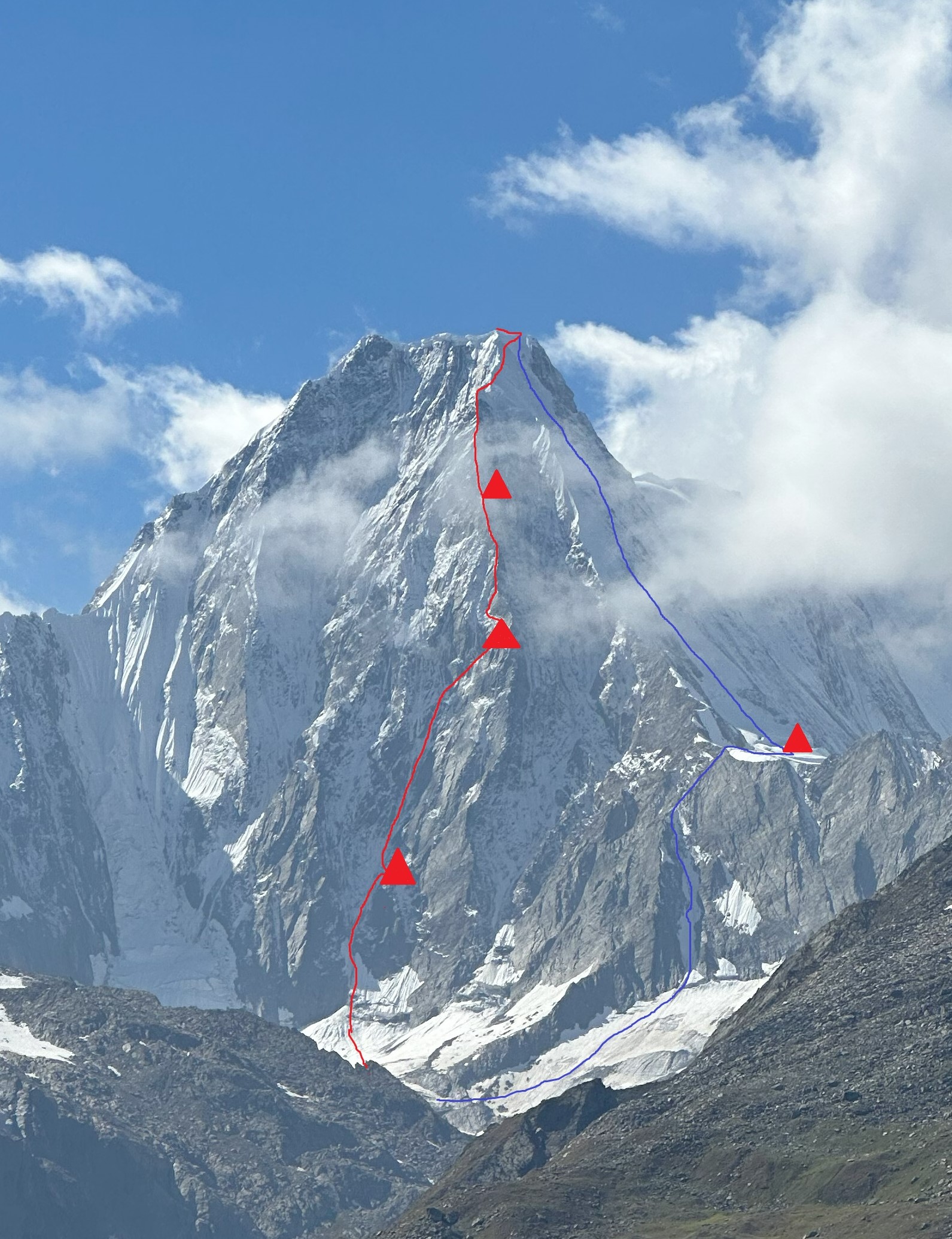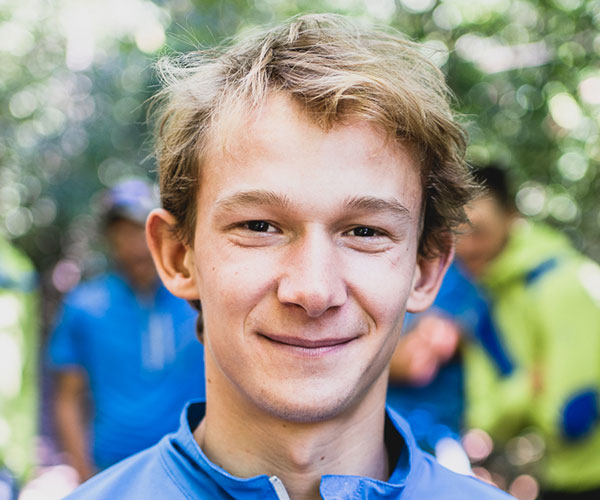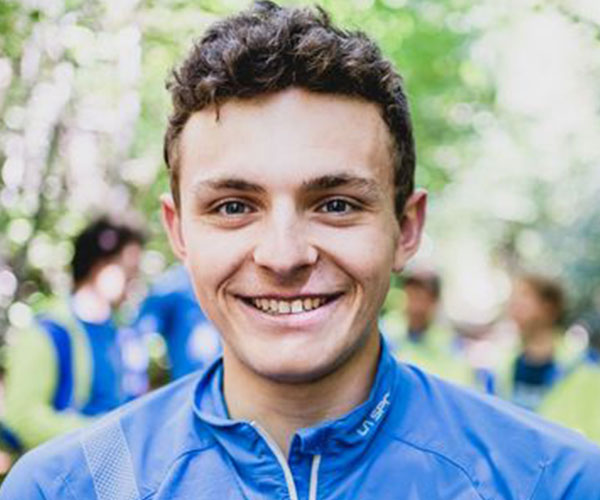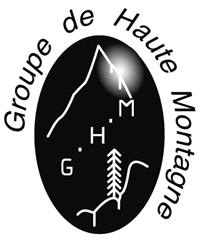©Matthias Gribi
First ascent of Tomorrow Is Another Day (1,400m, ED, 5c A2 WI4 M6) on the north face of Flat Top in the Kishtwar Himalaya, from October 2-6. Descended the unclimbed west face.
The granitic alpine peaks of India's Kishtwar Himalaya lie in the disputed territory of Jammu and Kashmir, a region that for many decades has been a scene of conflict between Indian armed forces, militants and separatists. It is an Indo-Pakistan situation that has, to a greater or lesser extent, rumbled on since the Partition of 1947. The 1970s and ‘80s were the heyday of climbing in this region, after which widespread insurgency led to the area becoming a no-go for foreign climbers, especially access from the west through the town of Kishtwar. Recently, the situation has improved and the many beautiful unclimbed lines that remain are now ripe for the picking.
One such gem is the north face of Flat Top (6,100m) in the Brammah Group, a mountain that had seen only one previous ascent, in 1980 by the east ridge. In 2018, a two-man Anglo-New Zealand team climbed about 700m up the north spur but were defeated by bad weather. Their subsequent attempt on the east ridge also failed.
After a forecast of a four-day weather window, three young Swiss alpinists, Hugo Béguin, Matthias Gribi, and Nathan Monard, left their advanced base on October 3, 2023. In perfect weather they followed an obvious line in the centre of the north face, slanting right after 600m to reach the crest of the north spur. That rising traverse to gain the spur, climbed on the second day, proved to be the crux. Above, steep technical climbing on the crest, or where this was not possible on the left flank, led to the summit at 7 p.m. on October 6, after which the three descended the untouched west face of the mountain (15 rappels) to bivouac on the glacier west of their approach route. Next day they crossed the long ridge that connects with Brammah I, rappelled the far side, and regained their advanced base.
The jury felt this was an elegant and technically difficult line on an attractive peak, and in an area little visited in the last 40 years. It was climbed in perfect alpine style and the mountain traversed without incident.

















